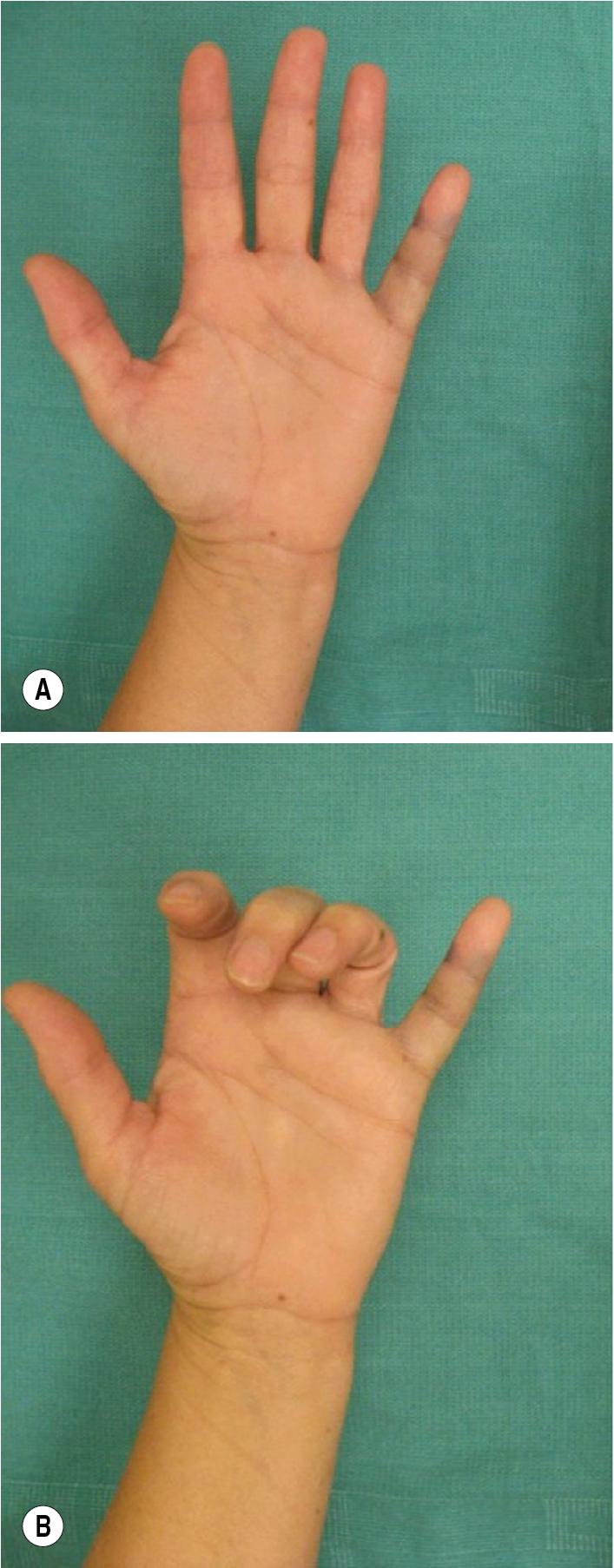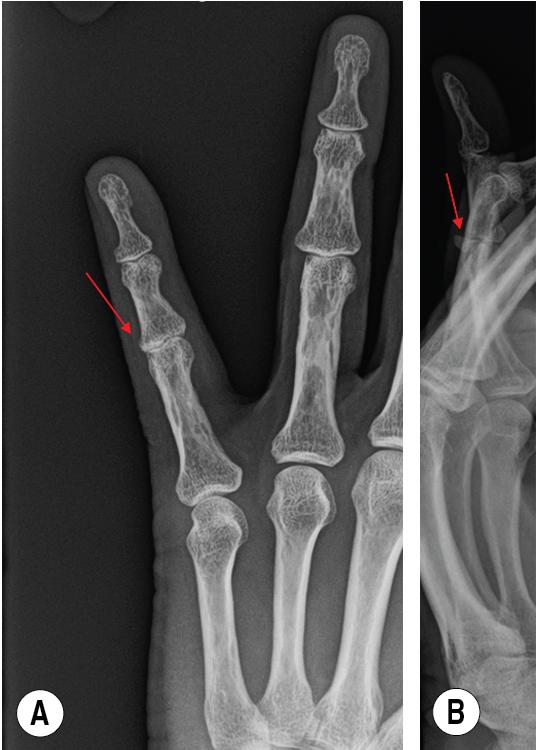Physical Address
304 North Cardinal St.
Dorchester Center, MA 02124
There are a number of indications for this procedure, including:
Displaced fractures or fracture-dislocations, which are irreducible by closed reduction techniques.
Fractures that displace, shorten, or angulate after successful reduction. Because of the intraarticular extension of these fractures, any loss in reduction will likely lead to an articular step-off. Any articular step-off, or gap in the articular surface greater than 1 mm, should be treated surgically.
Intraarticular fractures of the middle phalangeal base should be scrutinized for joint subluxation. If greater than 50% of the volar articular rim is fractured, there is typically joint instability. Meanwhile, fracture of 30% to 50% of the articular surface can cause more subtle beaking, or development of a V-sign, which also signifies joint instability.
Patients with multiple fractures or injuries to the same hand/extremity benefit from rigid internal fixation, even if their injury appears stable and reduced. Rigid internal fixation permits early active motion, which helps accelerate recovery compared with nonoperative treatment and splinting.
When there is significant soft-tissue loss over the phalanges or interphalangeal joints, treatment with Kirschner wire (K-wire) pinning is ideal over plate and screw fixation. Pinning causes less soft-tissue disruption. In addition, pin removal is easier in the case of a deep wound infection.
Intraarticular fractures typically cause swelling, tenderness, and difficulty with range of motion ( Fig. 11.1A–B ).

Even in cases where range of motion is preserved, examine closely for angular or rotational deformity resulting from the fracture displacement.
Standard posteroanterior and lateral radiographic views should be obtained to characterize the fracture ( Fig. 11.2A–B ).

One or more oblique views can provide additional information.
Become a Clinical Tree membership for Full access and enjoy Unlimited articles
If you are a member. Log in here